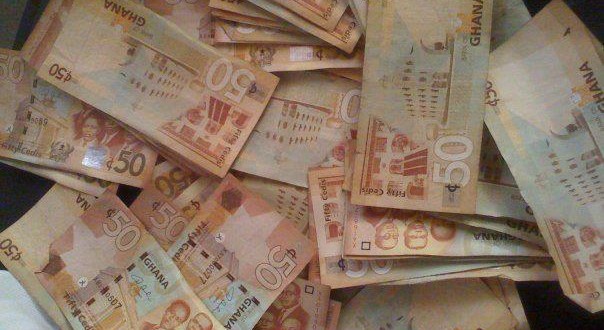
Stable power supply, stable currency and stable monetary policy rate are some of the signs that the economy has strengthened in recent months.
After almost two years of weak economic activity, sometimes with biting consequences on households and corporations, recent figures by the Bank of Ghana show early signs of strength.
The impressive part is that all of this was achieved despite the seemingly poor performance of the economies of some of the advanced countries and other emerging economies.
Past assessments of the economy by market watchers and analysts often blamed the slow “recovery” of the global economy, and falling receipts from commodity exports for the sideways trudge of the Ghanaian economy.
Overall, the performance so far looks good, more so, when the latest assessment of the economy does not throw up any possible threat to inflation or growth in the medium term.
Truth is, any sign of recovery of the economy is a big relief to many. In the past three years, as the economy stuttered, individuals and industry suffered in equal measure. Stories of collapsed businesses made the headlines regularly, especially as the erratic power supply, and sometimes the total blackout, forced small businesses to fold up.
Therefore, recovery is not only a story of good economic sense, but also that of apparent social improvement and transformation. It also goes to strengthen the security of the state in general.
Policy rate implications
The monetary policy rate is the benchmark rate, which theoretically, is to inform the interest rate (other levies) charged by banks and other financial institutions for the use of funds.
When the BoG issues a statement on the monetary policy rate, the effect is that financial institutions would have to factor that into their loan pricing, for example. It could also move savings interest too.
Literally, if you are on a variable rate of interest for a facility from a financial institution, it should be affected by the movement of the policy rate.
As an example, if you have a loan facility of say GH¢100 and you pay a 10 per cent interest (possibly based on a prevailing policy rate), should the policy rate go up by say 100 basis points, which translates into one percentage rise, it means that you should expect some sort of increase in what you pay on the use of the third party funds. The opposite, all things being equal, holds true.
The set parameters within which the policy rate is calculated include the overall “wellbeing” of an economy. When the managers of the economy realise that there is so much money in supply that is there is too much money chasing few goods and therefore the price of goods and services is rising and is likely to continue, the policy rate could be used to control that situation.
The theoretical assumption here is that when you increase the policy rate and it affects the cost of funds, few will be able to borrow money from the banks and the financial institutions.
That way, the supply side, in the inflationary pressure, would be held back and eventually there would be a market “correction” that should see demand and supply achieving some equilibrium and therefore reducing the rate of price increases between periods.
Inflation, which generally is the increase in prices, would still occur, but the rate of increase would reduce in the periods when such measures are introduced.
The other thing that normally occur also is that as a high cost of borrowing is not in anyone’s interest- the borrower and the lender- when the cost of lending is high, most financial institutions would prefer to develop an approach to risk-taking that would ensure that when considered in totality -both the upside gain and the downside risk- the risk is within an acceptable limit.
For this reason, risk-free assets, such as Treasury Bills become more attractive to the banks, creating a credit squeeze situation for industry and small businesses.
In effect, anything short of recovery could spell doom for the economy as there seem to be no more space for borrowing or raising taxes in the short to medium term, meaning that policy intervention introduced to right-fit the economy must continue bearing fruits sooner than later.
By:Bernard Otabil
botabil@gmail.com































